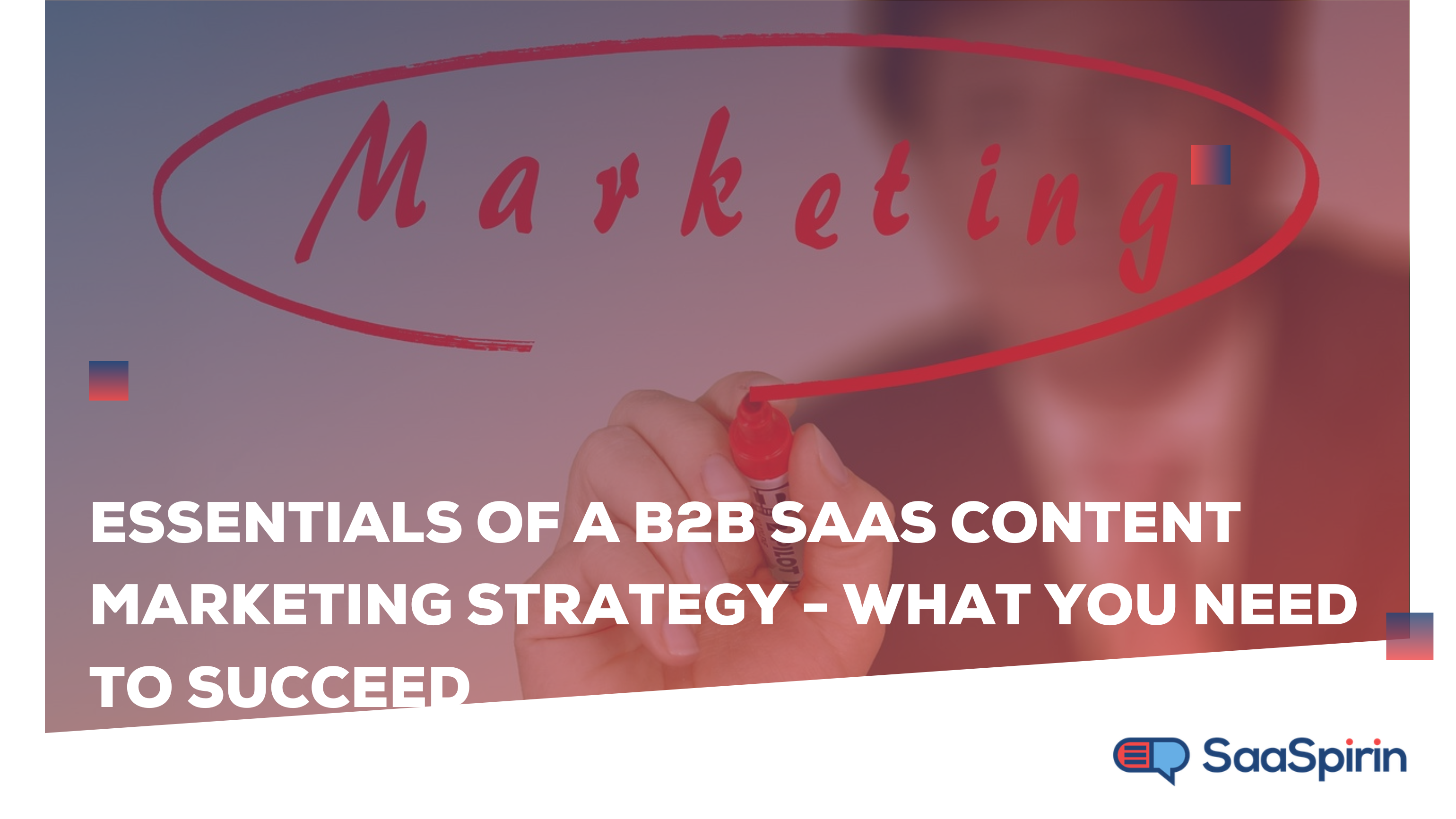What Is Long-Form Content and Why Do You Need It?
By Nicolas Jacobeus on February 21, 2023
.png)
Developing a solid content strategy is key to the success of your content marketing. You need quality content to inform, educate, and guide your audiences, as well as improve your SERP performance. Chances are, your strategy will include both long-form content and short-form content.
Traditionally, short-form content has been relatively sufficient—delivering just the right amount of information for the average user. However, the unpredictable marketing landscape and ever-changing consumer needs have compelled marketers to diversify their content offerings.
Now, marketers are embracing long-form content. But what is it? And why do you need it?
What is long-form content?
In a nutshell, long-form content is copy that’s longer than your typical blog post—about 1,000 to 7,500 words, as defined by HubSpot. However, the minimum word count to be considered long form is debatable.
Regardless, long-form articles are ideal for delivering detailed information and engaging your readers, making them suitable for lead-generation campaigns.
Why long-form content works
Let’s look at some long-form content stats. Long-form articles can increase user engagement, online visibility, and conversion rate by up to 30%. They provide a ton of value to readers, who are likely to share such pieces if they find them informative and engaging.
Longer pieces can also improve your page SERP rankings and page authority. A study by Backlinko showed the average first page results on Google Search contain 1,447 words, demonstrating that the search engine giant prefers longer pieces. This is because you can add more keywords to these posts, and other marketers will likely link to them.
On top of that, longer pieces can improve product value, foster customer loyalty, and enhance brand credibility.
When to use long-form content (and when not to)
While long-form posts can benefit your audience, it’s vital to know when it makes sense to create them. In this case, there are several factors to consider, including the search intent, the purpose of the post, and your content goals.
A more comprehensive piece of content is ideal when sharing guides or deep-dive posts as part of your pillar content strategy. Here’s an excellent example of a post we did on SaaS SEO: Your SaaS SEO Strategy – Get the Basics Right.
Consider long-form content if you:
- Want to improve your SERP rankings
- Are developing a B2B product guide for larger enterprises
- Have a complex or technical product
- Are dealing in YMYL (your money, your life) products
- Are offering high-end or expensive products or services
- Want to broaden your marketing funnel for qualified leads
In some cases, longer posts aren’t the best choice. For example, if you’re working with a keyword, some are straightforward and answer-specific, such as, “How many teams are in the world cup?” In this case, the user needs a precise answer to their question: a 500-to-1000-word piece will do.
Still, the right content mix should include short and long content types to take advantage of their benefits. For example, short-form pieces are ideal for returning and existing customers—they’re already through the awareness stage, so they know a bit about your brand and products.
Long-form content examples
Depending on your content marketing objectives, you can create various types of long-form content, including the following examples:
- Case studies (700 to 2,000 words)
- eBooks (2,00 to 5,000 words)
- White papers (2,500 to 5,000 words)
- Pillar posts (2,500 to 4,000 words)
- Roundups & reviews (2,000 to 3,000 words)
- Definitive guides & tutorials (2,000 to 4,000 words)
- Brochures & reports (800 to 3,000 words)
It’s vital to note that the above example word count ranges are approximate, and your desired word count generally depends on how much you want to cover within your blog post or content asset. Your word count should also be determined by your audience's preferences and the content's topic and format.
Driving value with long-form content
Content plays a crucial role in your marketing efforts, and all trends point to a significant shift in how brands and marketers create their content. Now, they’re paying more attention to longer pieces, which tend to outperform and generate better leads.
Still, don’t just write long-form posts for the sake of it—it’s about in-depth value, not the word count. Take the time to know your audience, understand your topic, and create ideal customer profiles to determine the optimal length for your posts.
If you’re not sure about the right approach, SaaSpirin is here to help. Be sure to reach out to learn how we can help you streamline your content strategy and achieve your content goals.
You May Also Like
These Related Stories

5 Types of Blog Posts that Can Help Your SaaS Company Get More Users
.png)
Long-Form vs Short-Form Content: What’s the Best Choice for Your SaaS Blog?

